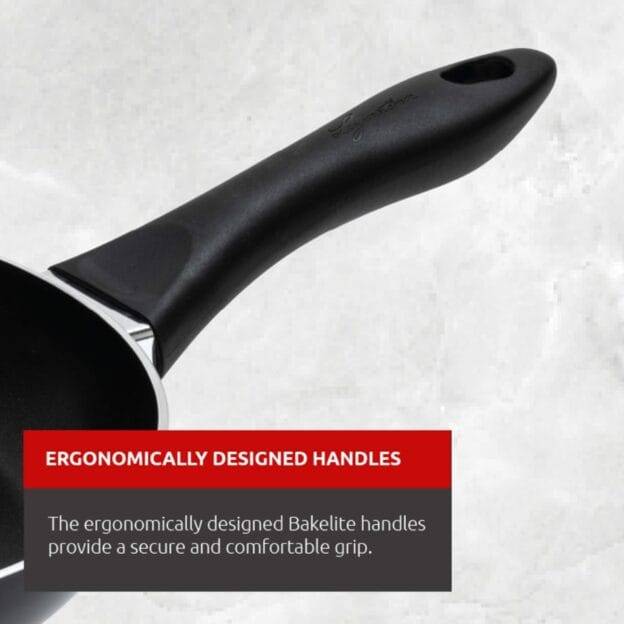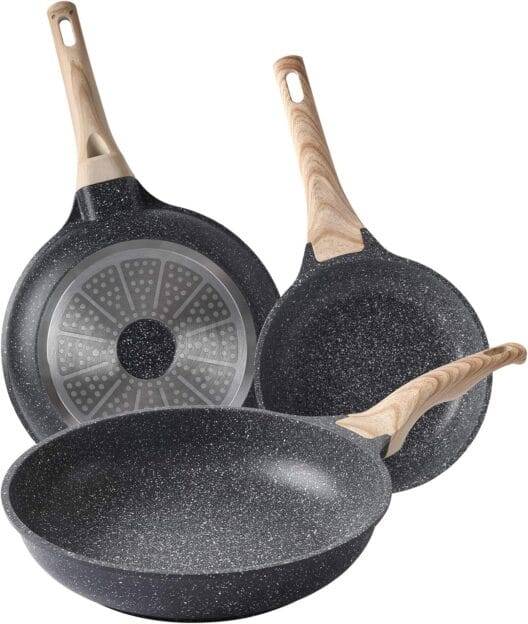The Difference Between A Sauté Pan And A Frying Pan?
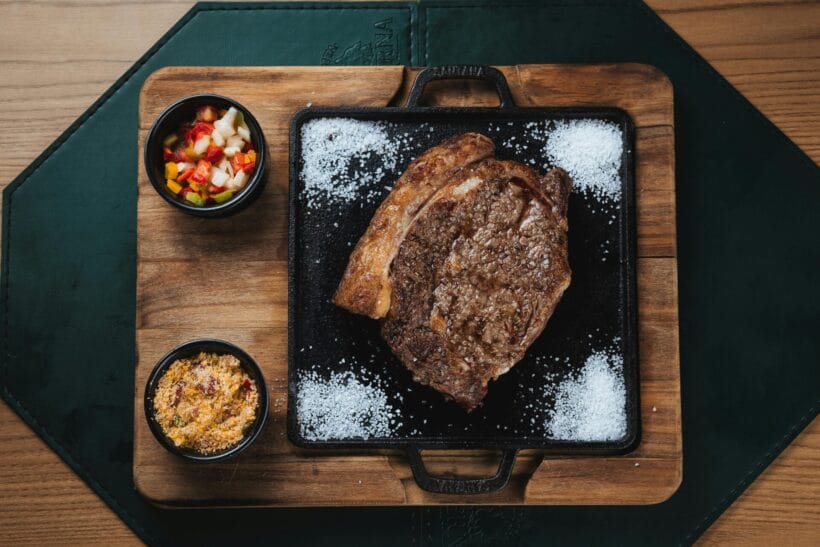
Have you ever stood in your kitchen, gazing at your collection of cookware, and wondered whether you should reach for the sauté pan or the frying pan? Many cooks find themselves puzzled about these two essential pieces of kitchen equipment, and it’s easy to see why. They may look quite similar at first glance, but there are distinct differences between a sauté pan and a frying pan that can significantly affect your cooking. Let’s break it down and clarify how each pan is used to help you make the best choice for your meal.
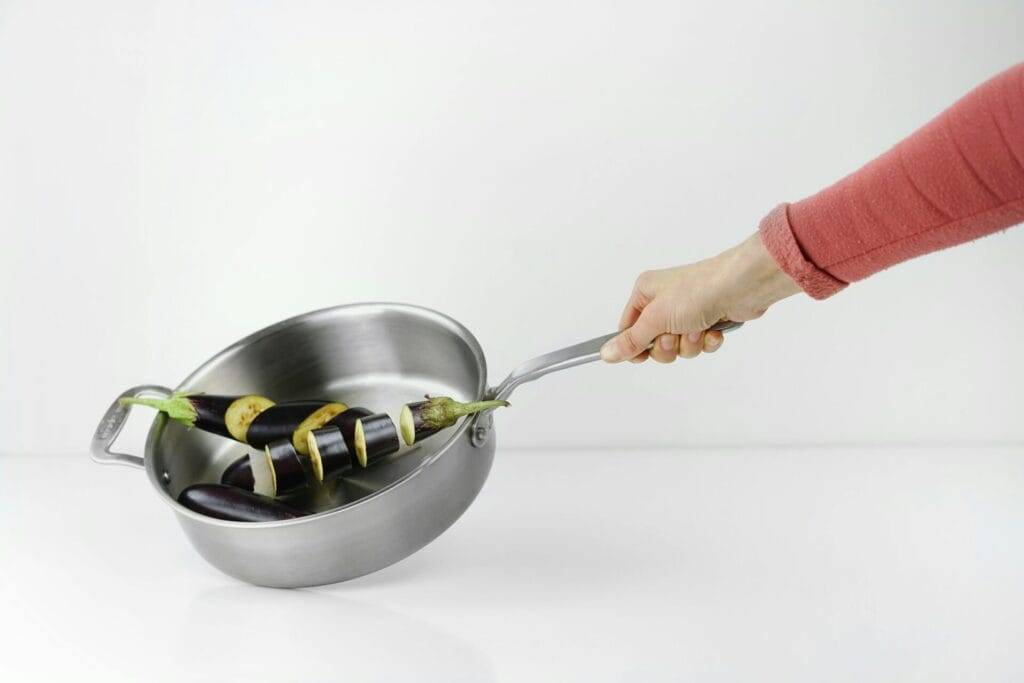
Understanding the Basics: What Is a Sauté Pan?
A sauté pan is a versatile cooking vessel that typically features a wide, flat base and tall, straight sides. You’ll often notice that it comes with a tight-fitting lid, which makes it an ideal choice for a variety of cooking techniques.
Characteristics of a Sauté Pan
- Size and Shape: Generally, sauté pans have a larger surface area than frying pans, which makes them great for cooking multiple portions at once. The straight sides allow for easy stirring and tossing.
- Material: Commonly made from materials like stainless steel, cast iron, or nonstick, sauté pans are designed to conduct heat evenly, providing consistent cooking results.
- Lid: The addition of a lid opens up a whole range of cooking methods, from simmering to steaming, adding a versatility that frying pans may lack.
- Handle: Sauté pans often come with long handles, sometimes capable of withstanding higher oven temperatures, allowing for seamless stovetop to oven transitions.
When to Use a Sauté Pan
This type of pan is perfect for dishes that require quick cooking over medium to high heat. Think stir-fries, risottos, or even sauces that need to be reduced. The wide surface area allows excess moisture to escape, which is particularly useful when caramelizing onions or browning meat.
What About Frying Pans?
On the other hand, a frying pan is designed primarily for frying and searing. It has a flat base and slightly flared sides, making it easy to slide a spatula under your food.
Characteristics of a Frying Pan
- Shape and Size: Frying pans usually have a wider cooking surface, but the sides flare outwards, which enables easy flipping and turning of foods. This shape also allows for better evaporation of excess moisture while cooking.
- Material: Frying pans can be made of similar materials as sauté pans, but nonstick coatings are more common here. This feature allows for healthier cooking with less oil.
- Lid: Most frying pans do not come with lids, although some sets may include them. Without a lid, frying pans are not ideally suited for methods requiring covered cooking or steaming.
- Handle: Frying pans typically have a shorter handle compared to sauté pans, emphasizing ease of maneuverability.
When to Use a Frying Pan
Frying pans are the go-to choice for shallow frying, sautéing, and browning meat. They are tailor-made for cooking breakfast dishes like eggs and pancakes, where you want to keep an eye on the food and manage splatter easily.
Side-by-Side Comparison
To summarize the characteristics of sauté pans and frying pans:
| Feature | Sauté Pan | Frying Pan |
|---|---|---|
| Shape | Wide base, straight sides | Flat base, flared sides |
| Lid | Usually has one | Usually does not have one |
| Cooking Style | Ideal for simmering and sautéing | Ideal for frying and browning |
| Handle | Long handle | Short handle |
| Surface Area | Larger overall cooking space | Provides easy flipping |
Cooking Techniques Best Suited for Each Pan
Understanding the cooking techniques best suited to each pan can improve your culinary skills significantly. Here’s a brief guide:
Sauté Pan Techniques
- Sautéing: Quickly cooking small pieces of food in a small amount of fat. The straight sides help you toss and stir easily.
- Simmering and Stewing: The lid retains heat and moisture, making it a great option for simmered dishes.
- One-Pan Meals: Cook proteins and vegetables together, allowing flavors to meld.
- De-glazing: After sautéing, you can add liquid to lift flavorful bits stuck to the bottom, perfect for making sauces.
Frying Pan Techniques
- Frying: Use less oil and achieve crispy textures. Ideal for frying eggs or bacon.
- Searing: Get a nice crust on proteins, perfect for meats before finishing in the oven.
- One-Skillet Dishes: Quickly toss vegetables or meats without adding too much liquid, allowing for browning or charring.
- Pancakes and Crepes: The flat surface makes for easy flipping without much fuss.
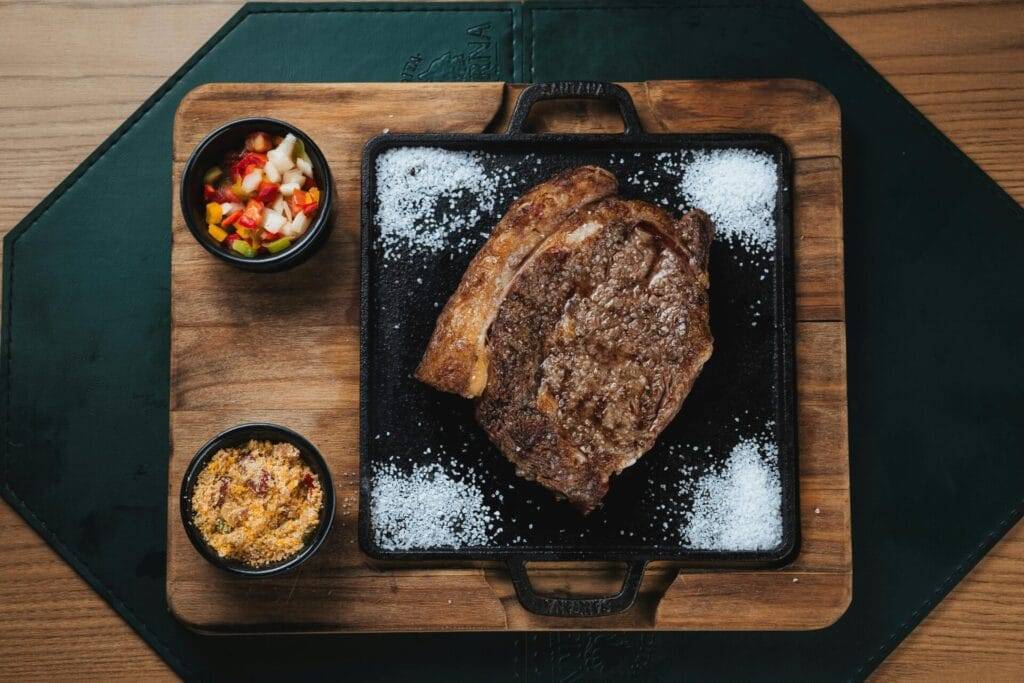
Culinary Advantages of Sauté Pans
While both pans have their merits, sauté pans offer several advantages that can enhance your cooking experience.
Greater Versatility
You can easily transition from stovetop to oven with a sauté pan. It’s well-suited for a range of techniques, meaning it can often replace multiple pans in your kitchen.
Enhanced Flavor Development
The wider base of a sauté pan enables better browning and caramelization. The straight sides keep your ingredients in place, enhancing the overall flavor profile of your dishes.
Even Heat Distribution
Thanks to their solid construction, sauté pans facilitate even heat distribution, which is crucial when you’re cooking items that demand precise temperature control.
Why Frying Pans Shine
That said, frying pans have their distinct advantages worth noting.
Simplicity in Design
Frying pans are straightforward and user-friendly. They are often lighter, making them easier to handle for quick tasks like flipping pancakes or sautéing diced vegetables.
Perfect for High-Temperature Cooking
A frying pan’s design allows for direct exposure to heat, which is optimal when you’re aiming for a crispy texture on meats or vegetables.
Easy Cleanup
If your frying pan has a nonstick coating, cleanup is a breeze. Just a gentle wipe and rinse usually suffice, especially when cooking simple items like eggs.
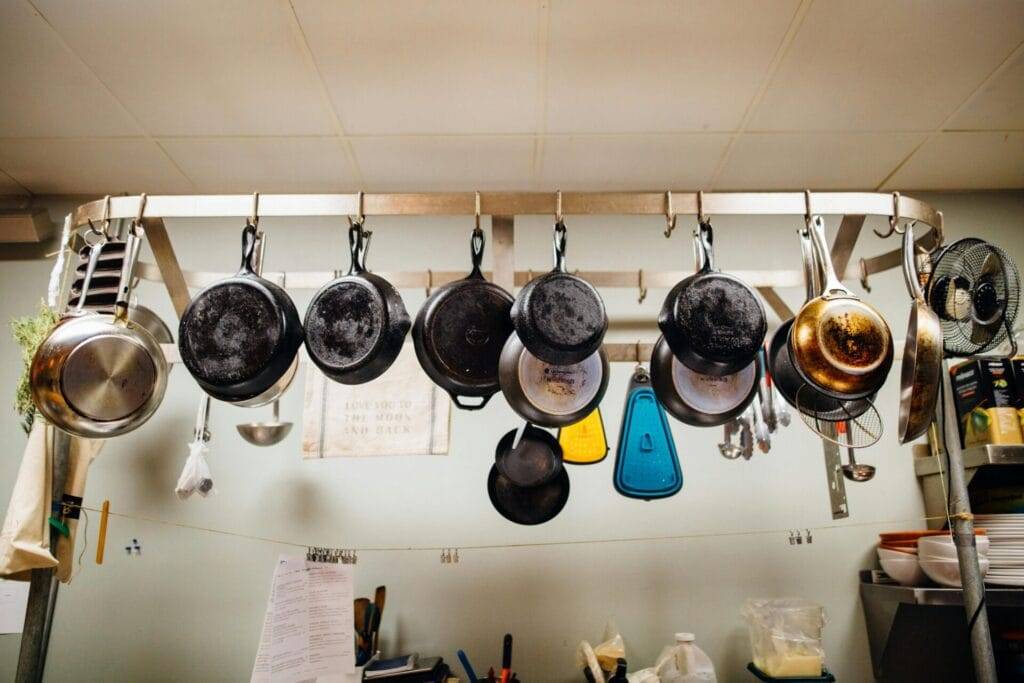
Transitioning Between the Two
Sometimes, you may find yourself in a situation where you need to switch from a frying pan to a sauté pan or vice versa. This is possible, and learning how to adapt can make you a more confident cook.
When to Switch
- Adding Liquid: If you’re sautéing ingredients and need to add a significant amount of broth or sauce, it may be best to switch to a sauté pan.
- Cooking for a Crowd: If you’re preparing a meal for multiple people, transitioning to the sauté pan for its larger surface area can save time and effort.
- Technique Changes: If a recipe requires both sautéing and simmering, starting in a frying pan and switching to a sauté pan makes sense.
A Final Word on Choosing the Right Pan
Choosing between a sauté pan and a frying pan ultimately comes down to the types of dishes you plan to create.
If you enjoy making one-pot meals, sauces, or dishes requiring moisture retention, the sauté pan is your best bet. Conversely, if your culinary adventures lean toward frying, searing, or quick breakfast items, stick with the frying pan.
Care and Maintenance: Maximizing the Lifespan of Your Pans
Taking care of your kitchenware is vital to ensuring a long lifespan. Here are some maintenance tips for both sauté and frying pans.
Cleaning Your Sauté Pan
- Avoid Abrasives: Use non-abrasive sponges to preserve the surface, especially if it’s nonstick.
- Hand Washing: Although some sauté pans can be dishwasher safe, hand washing is often gentler on the surface.
- Seasoning: If you own a cast-iron sauté pan, be sure to season it regularly for a nonstick finish and to prevent rust.
Caring for Your Frying Pan
- Nonstick Care: Use silicone or wooden utensils to prevent scratching the surface.
- Heat Management: Avoid high heat when using nonstick frying pans, as extreme temperatures can damage the coating.
- Storage: If stacking with other cookware, place a soft cloth or paper towel between them to protect the surface.
Common Questions About Sauté and Frying Pans
You might still have questions on your mind regarding these two pans. Here are some commonly asked queries:
Can I use a frying pan instead of a sauté pan?
Yes, in many situations you can use a frying pan as a substitute. However, remember that the wider surface area of a sauté pan allows for more ingredients and moisture control.
Are sauté pans more expensive than frying pans?
On average, sauté pans can be more expensive due to their versatility and often more durable materials. However, it all depends on brand and material quality.
Can I use metal utensils on both types of pans?
This depends on the material. If your pans are stainless steel or cast iron, using metal utensils is fine. If they are nonstick, it’s better to use rubber or wooden utensils to avoid damage.
Do I need both?
Having both can truly enhance your cooking capabilities. Each pan serves specific roles that can help you execute a diverse range of dishes in the kitchen.
Wrapping It Up
Understanding the differences between sauté pans and frying pans can open a world of culinary possibilities. Whether you find joy in frying an egg to perfection or crafting a rich, simmering sauce, knowing which pan to use will certainly elevate your dish.
Next time you’re in front of your stove, remember the characteristics of each pan and consider what you’re cooking. By choosing the right one, you’ll find that your cooking experience becomes not only more efficient but also more enjoyable. Happy cooking, and may your meals always turn out delicious!
